15 Little Known Facts About the Space Race That Will Amaze You
The Space Race was a historic era of intense technological rivalry between the United States and the Soviet Union.
Fuelled by Cold War tensions and a desire for global dominance, both countries poured vast resources into their space programs, pushing the boundaries of what was possible in space exploration.
From the launch of the first satellite to the first human on the moon, the Space Race was a momentous period that forever changed our understanding of the cosmos.
In this article, we’ll explore the highs and lows of this thrilling chapter in human history, examining the technological breakthroughs, political intrigue, and international cooperation that defined the Space Race.
So buckle up and get ready for a journey to the final frontier!
Here are 15 fascinating facts about this historic rivalry: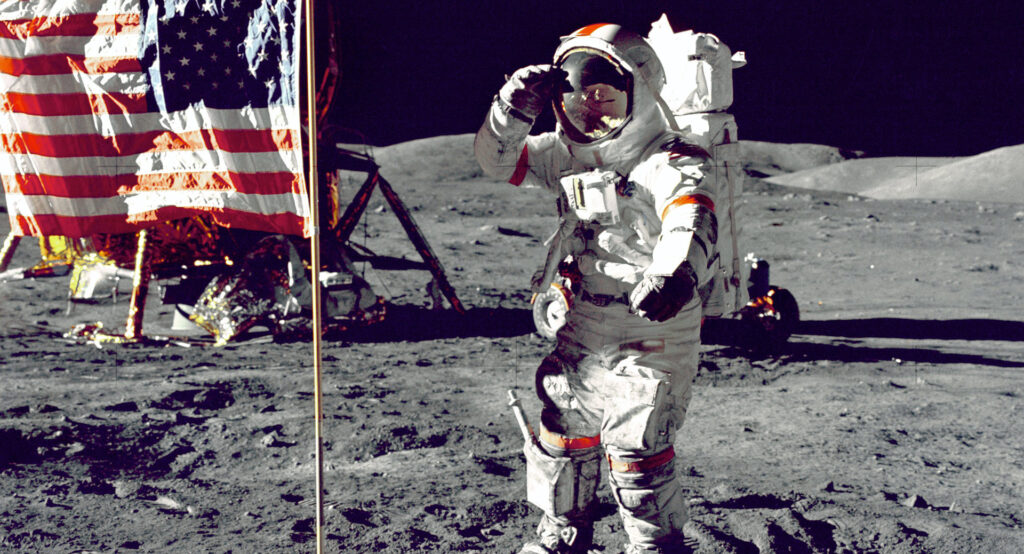
The Space Race was a competition between the United States and the Soviet Union to be the first to achieve significant milestones in space exploration.
1 Such as launching the first satellite, sending the first human into space, and landing on the moon. The rivalry between the two superpowers was fuelled by a desire for global dominance, and the Space Race had significant political and ideological implications.
The competition spurred advances in technology and engineering, as both countries poured vast resources into their space programs in a bid to outdo one another. The Space Race was a pivotal moment in human history that forever changed our understanding of the universe and our place within it.
The launch of the Soviet satellite Sputnik on October 4, 1957, is widely considered the start of the Space Race.
2 Sputnik was the world’s first artificial satellite and marked a major milestone in human history, as it demonstrated that it was possible to launch objects into space and orbit the Earth. The launch of Sputnik was a shock to the United States and its allies, as it was seen as evidence of the Soviet Union’s technological superiority.
The event sparked a wave of anxiety in the United States, known as the “Sputnik crisis,” and prompted the U.S. government to invest heavily in its own space program to catch up with the Soviets.
The United States responded with the creation of NASA in 1958.
3 In response to the launch of Sputnik and the Soviet Union’s early successes in space exploration, the United States created the National Aeronautics and Space Administration (NASA) in 1958.
NASA was established to coordinate and oversee U.S. efforts in space exploration and technology development. The agency quickly became the central hub for American spaceflight activities, launching its first spacecraft, Explorer 1, in 1958.
With the creation of NASA, the United States hoped to close the perceived technological gap between itself and the Soviet Union and regain its footing in the Space Race.
Yuri Gagarin, a Soviet Air Force pilot, became the first human to journey into space on April 12, 1961, aboard the Vostok 1 spacecraft.
4 Gagarin’s flight marked a major milestone in space exploration and demonstrated the Soviet Union’s technological superiority in the early stages of the Space Race. Gagarin orbited the Earth once during his flight, which lasted just under two hours.
His achievement was widely celebrated in the Soviet Union and around the world, and he became an international celebrity overnight. The United States responded by accelerating its own efforts in human spaceflight, with President John F. Kennedy announcing a goal to land a man on the moon by the end of the decade.
Alan Shepard became the first American to travel into space on May 5, 1961, aboard the Freedom 7 spacecraft, which was launched by NASA’s Mercury program.
5 Shepard’s flight, which lasted just over 15 minutes, did not reach orbit, but it marked a significant achievement for the United States in the Space Race. Shepard’s flight came less than a month after Yuri Gagarin’s historic flight, and it helped to ease some of the anxiety and embarrassment that had followed the Soviet Union’s early successes in space.
Following Shepard’s flight, NASA continued to develop its human spaceflight capabilities, with the ultimate goal of sending astronauts to the moon.
President John F. Kennedy set a goal for the United States to land a man on the moon by the end of the 1960s.
6 This ambitious goal was intended to showcase American technological and scientific prowess and to demonstrate the superiority of democracy over communism in the midst of the Cold War. The challenge of landing a man on the moon was immense, and it required a massive investment of resources and technology.
However, Kennedy’s bold vision inspired the American people and galvanized NASA to pursue its Apollo program with renewed vigor. The mission to the moon became a national priority, and it sparked a wave of innovation and technological advancement that had far-reaching implications for space exploration and beyond.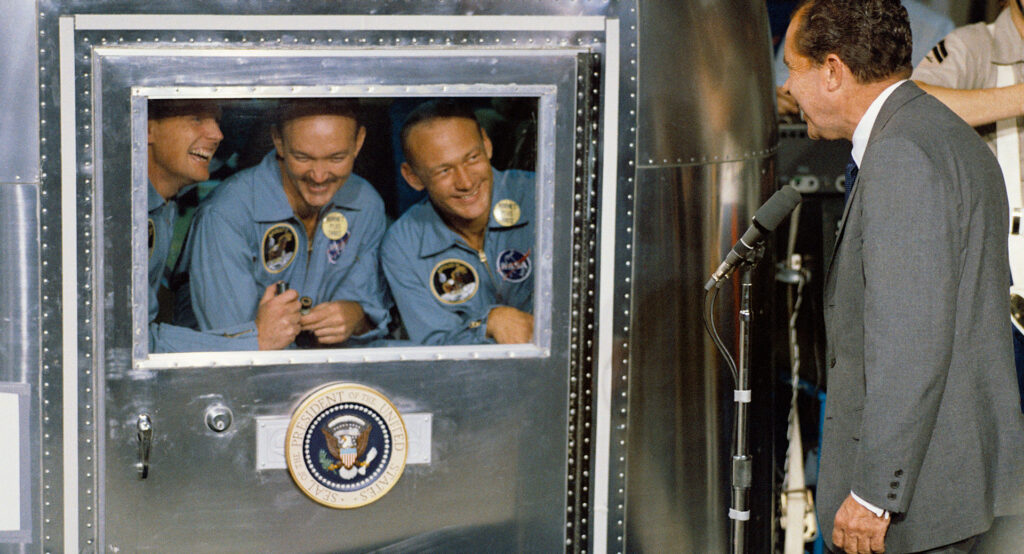
On July 20, 1969, Neil Armstrong, a NASA astronaut, became the first person to set foot on the moon as part of the Apollo 11 mission.
7 Armstrong famously declared, “That’s one small step for man, one giant leap for mankind,” as he became the first human to step onto the lunar surface. The success of the Apollo 11 mission fulfilled President Kennedy’s goal of landing a man on the moon by the end of the 1960s and marked a major milestone in human history.
The mission was the culmination of years of hard work and technological development, and it demonstrated the incredible capabilities of human ingenuity and innovation. Armstrong’s achievement, along with those of his fellow Apollo astronauts, remains a source of inspiration and pride for people around the world.
The Soviet Union had an active lunar program during the Space Race and was the first country to successfully launch a spacecraft to impact the moon with its Luna 1 mission in 1959.
8 The Soviet Union also had a series of robotic missions to the moon, including the Luna 9 mission, which became the first spacecraft to make a soft landing on the lunar surface in 1966.
However, the Soviet Union’s attempts to send humans to the moon were ultimately unsuccessful. Their N1 rocket, which was intended to carry cosmonauts to the moon, suffered a series of catastrophic failures during test flights, and the program was ultimately cancelled in the 1970s. The Soviet Union’s last lunar mission was the Luna 24 robotic mission in 1976, which returned samples from the moon’s surface.
Despite their inability to send humans to the moon, the Soviet Union’s achievements in space exploration during the Space Race were significant, and they made many important contributions to our understanding of the universe.
After the success of the Apollo 11 mission in 1969, NASA continued to send astronauts to the moon as part of its Apollo program.
9 In total, there were six manned missions to the moon between 1969 and 1972. These missions were Apollo 11, Apollo 12, Apollo 14, Apollo 15, Apollo 16, and Apollo 17.
The last manned mission to the moon was Apollo 17, which launched on December 7, 1972, and returned to Earth on December 19. During these missions, astronauts conducted a variety of scientific experiments and explored the lunar surface, collecting samples of rock and soil that were brought back to Earth for analysis.
The manned lunar missions were incredibly challenging and required the development of new technologies and innovations in areas such as rocket propulsion, navigation, and life support. However, they also represented a remarkable achievement in human history and demonstrated the incredible capabilities of human ingenuity and innovation.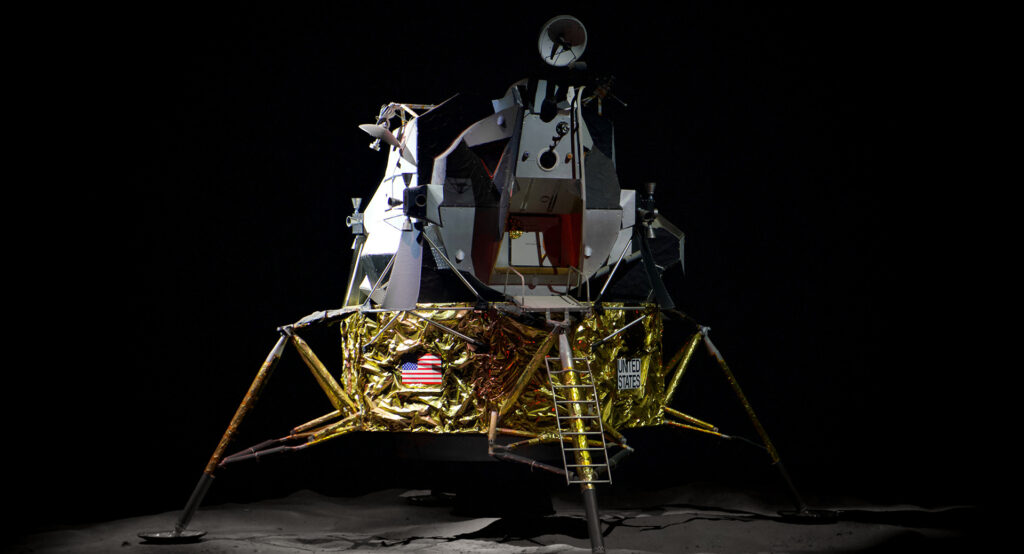
The Space Race was a significant political and ideological competition between the United States and the Soviet Union, which were the two superpowers of the time.
10 Both countries used the Space Race as a way to demonstrate their technological superiority and promote their respective political systems.
The United States saw the Space Race as a way to demonstrate the superiority of democracy and capitalism over communism, while the Soviet Union saw it as an opportunity to demonstrate the power of socialism and centralized planning. The Space Race was a high-stakes competition that was closely watched by people around the world, and it had significant political and ideological implications.
The Space Race also had important technological and scientific implications. The development of new technologies and innovations in areas such as rocket propulsion, satellite technology, and space exploration had far-reaching impacts on a wide range of fields, including telecommunications, transportation, and military technology. Many of the technologies that were developed during the Space Race continue to be used and refined today, and space exploration remains an important area of scientific research and discovery.
It also led to significant advancements in technology, including the development of new materials, communication systems, and propulsion technology.
11 For example, the need to develop lightweight and heat-resistant materials for spacecraft and rocket components led to the development of new alloys and composites that have since been used in a wide range of applications, from aircraft to sports equipment. The Space Race also spurred advancements in communication technology, including the development of satellite technology, which revolutionized global communications and navigation.
Propulsion technology was another area that saw significant advancements during the Space Race. The development of new rocket engines and fuel systems allowed for more powerful and efficient spacecraft and launch vehicles, and this technology has been used in a variety of applications beyond space exploration, including military missiles and commercial satellites.
Overall, the Space Race represented a major technological and scientific achievement for both the United States and the Soviet Union, and it had far-reaching impacts on a wide range of fields. The technological innovations that were developed during the Space Race continue to shape our world today and will likely continue to do so in the future.
The Space Race was a very expensive endeavour for both the United States and the Soviet Union, and the cost of the programs was a significant consideration throughout the competition.
12 In the United States, the Apollo program was the most expensive component of the country’s space efforts, and it is estimated to have cost around $25 billion in total (equivalent to over $180 billion in today’s dollars). The Soviet Union also invested significant resources in their space program, although it is more difficult to estimate the total cost due to a lack of transparency in Soviet budgeting.
The high cost of the Space Race was a controversial issue at the time, and it led to debates about the appropriate level of investment in space exploration and research. However, many argued that the technological advancements and scientific discoveries that resulted from the Space Race were well worth the cost, and that the investments made during this time continue to benefit society today.
Today, space exploration and research continue to be a major area of investment and innovation for many countries around the world. While the costs of these programs remain high, the potential benefits in terms of scientific discovery and technological innovation are seen as being well worth the investment.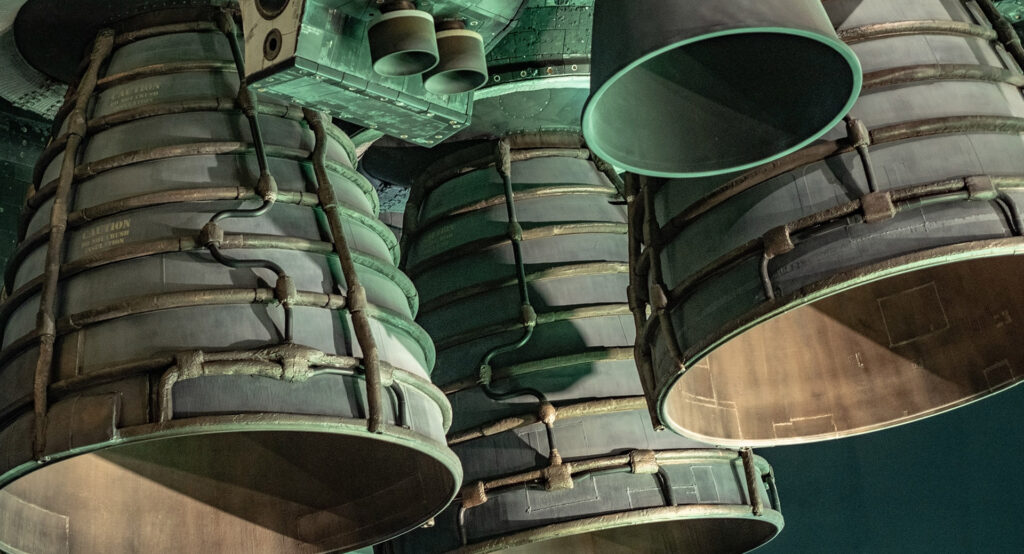
While the Space Race was primarily a competition between the United States and the Soviet Union, it also spurred international cooperation in the field of space exploration.
13 One notable example of this cooperation was the Apollo-Soyuz Test Project in 1975, which was a joint mission between the United States and Soviet Union. This mission was designed to test the compatibility of their spacecraft and docking systems and marked the first time that American and Soviet spacecraft had docked in space. The mission was seen as a significant step forward in international cooperation and helped to ease tensions between the two superpowers.
In addition to the Apollo-Soyuz Test Project, there were many other examples of international cooperation in the field of space exploration during the Cold War. For example, the United States and European countries collaborated on the development of the Ariane rocket, while the Soviet Union and its allies collaborated on the development of the Intercosmos program, which enabled cosmonauts from other socialist countries to participate in space missions.
Today, international cooperation in space exploration and research remains an important priority for many countries around the world. Collaborative efforts such as the International Space Station, which involves the participation of 15 different countries, demonstrate the ongoing importance of working together to advance our understanding of the universe and to develop new technologies and innovations.
The Space Race represented a major turning point in the history of space exploration and paved the way for many important advances in the field.
14 In the years following the Space Race, space exploration continued to be a major area of investment and innovation for many countries around the world. The establishment of the International Space Station in the late 1990s represented a major collaborative effort between the United States, Russia, Europe, Japan, and Canada, and has been a key platform for ongoing research in a range of scientific fields.
In addition to the International Space Station, there have been many other significant developments in space exploration in recent years. For example, a number of missions have been launched to explore Mars and other planets in our solar system, and there are ongoing efforts to develop new spacecraft and propulsion systems that will enable humans to travel further into space.
Looking ahead, space exploration is likely to continue to be a major area of focus for many countries and organizations around the world. The potential benefits of space exploration are many, including the development of new technologies and innovations, the discovery of new resources, and the opportunity to gain new insights into the nature of our universe.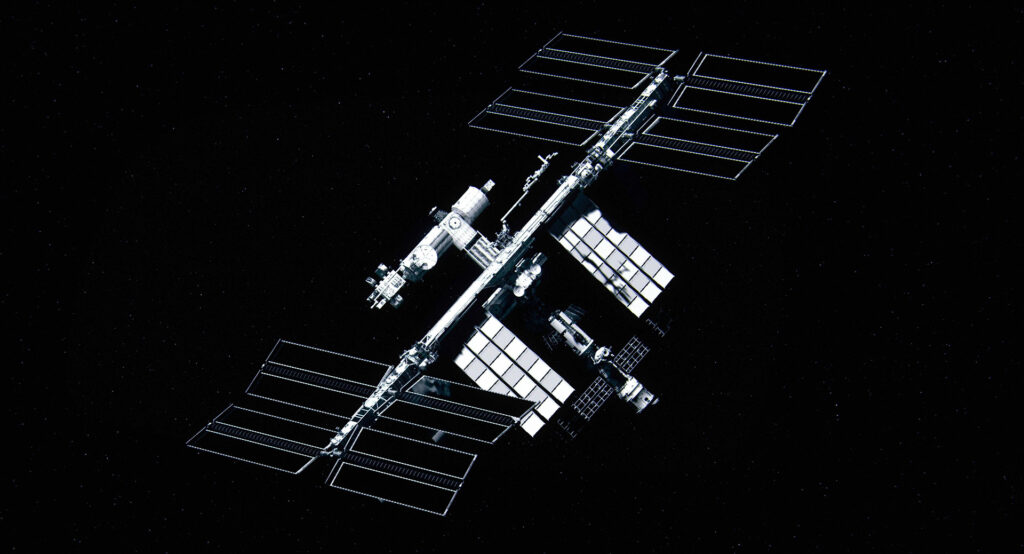
The legacy of the Space Race can still be felt today, as space exploration remains a key area of scientific research and technological innovation.
15 One of the most important legacies of the Space Race is the development of new technologies and innovations that have had a significant impact on a wide range of fields. For example, many of the technologies developed during the Space Race, such as satellite communication systems and advanced propulsion systems, have been adapted for use in fields like telecommunications, medicine, and transportation.
The Space Race also helped to inspire a new generation of scientists and engineers, many of whom have gone on to make important contributions to the field of space exploration and beyond. Today, there are many ongoing efforts to encourage and support young people who are interested in pursuing careers in STEM fields, with the hope of continuing to build on the legacy of the Space Race and other important milestones in the history of space exploration.
In addition to its impact on technology and scientific research, the Space Race also had important political and cultural implications, helping to shape the course of world history in many ways. From the tensions and rivalries of the Cold War to the broader questions about the role of human beings in the universe, the legacy of the Space Race is felt in many aspects of modern society and culture.




